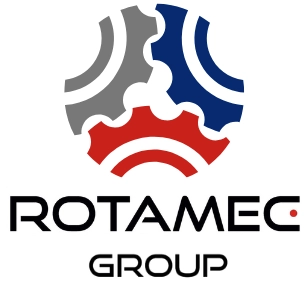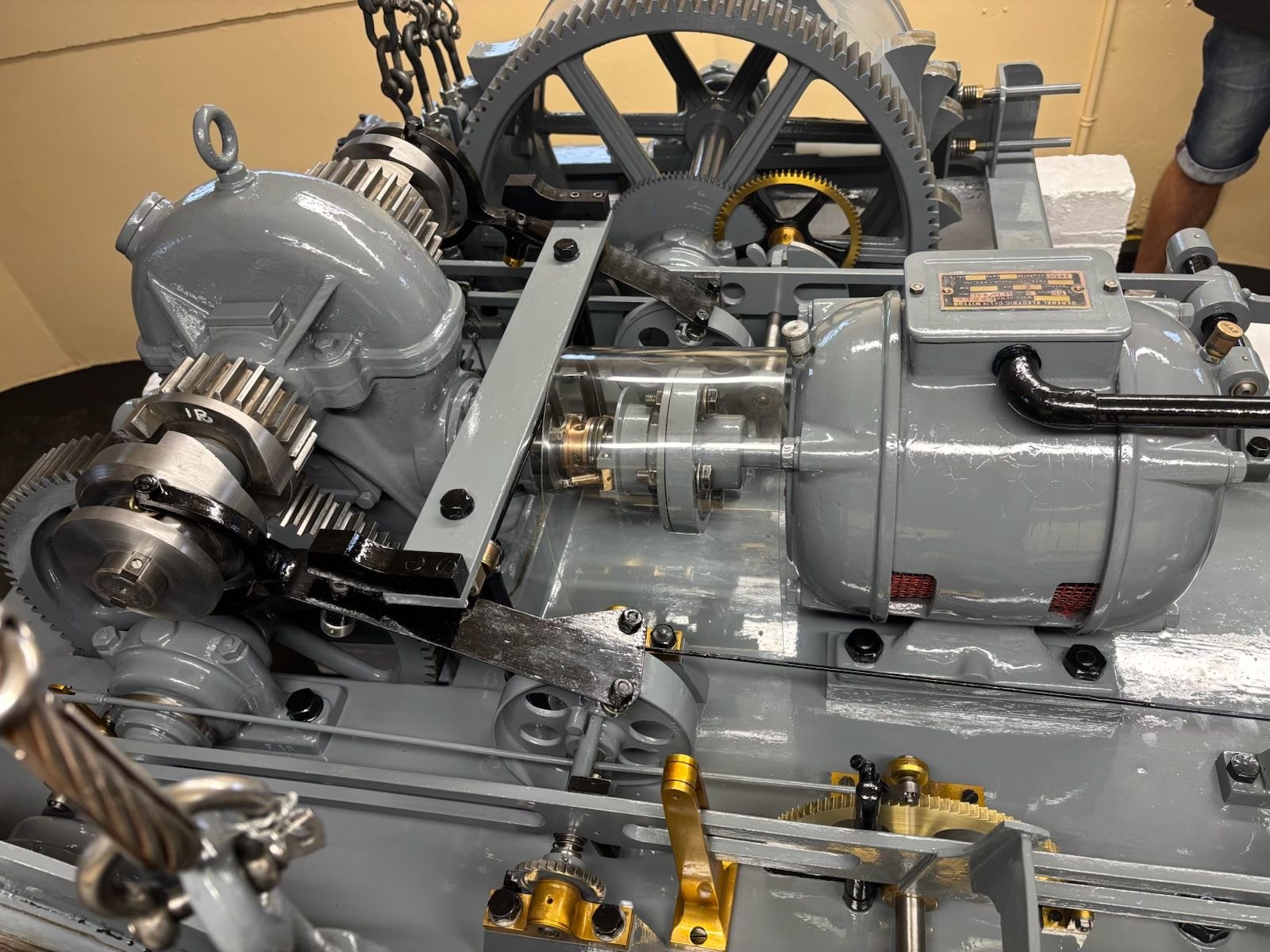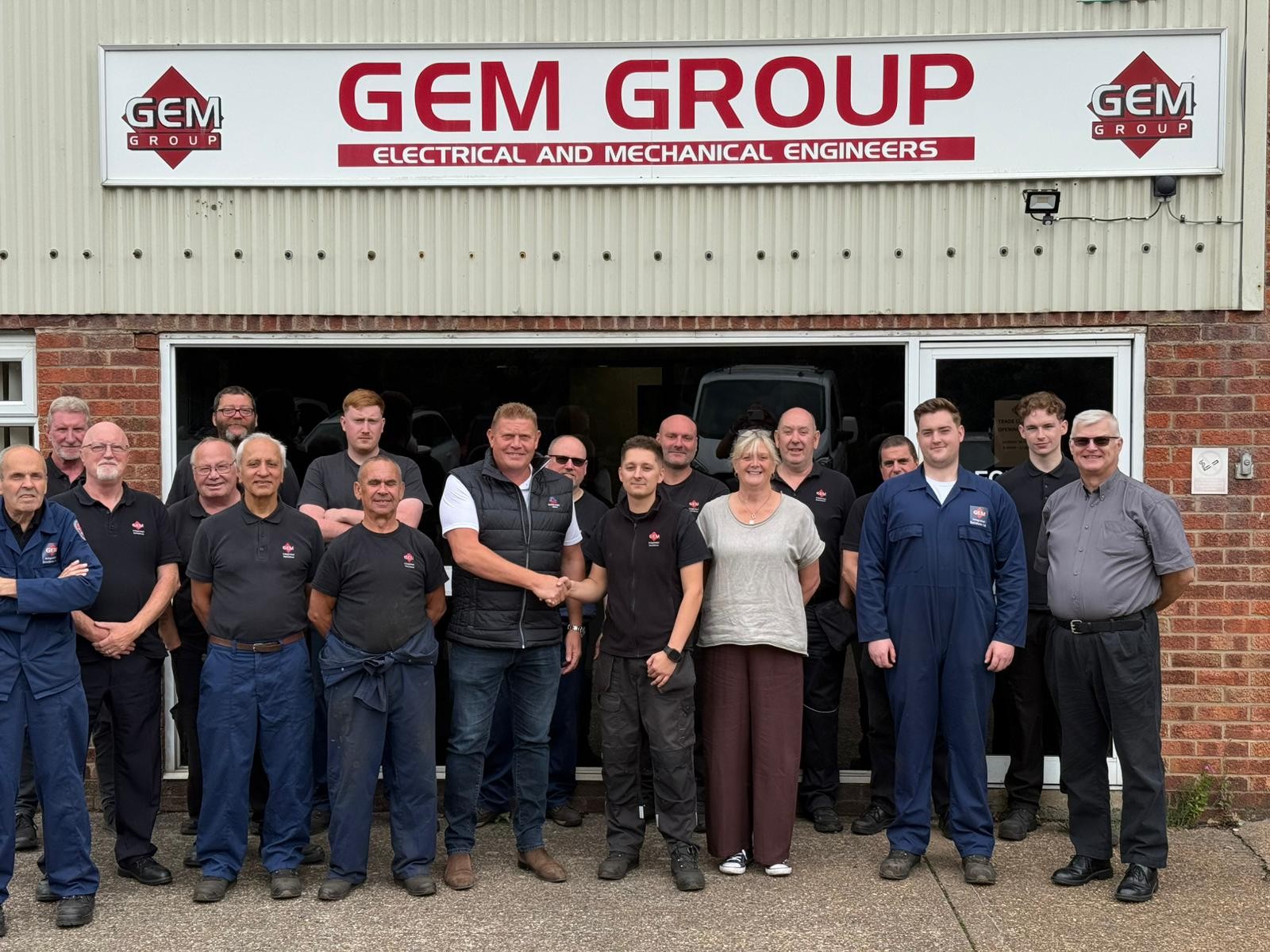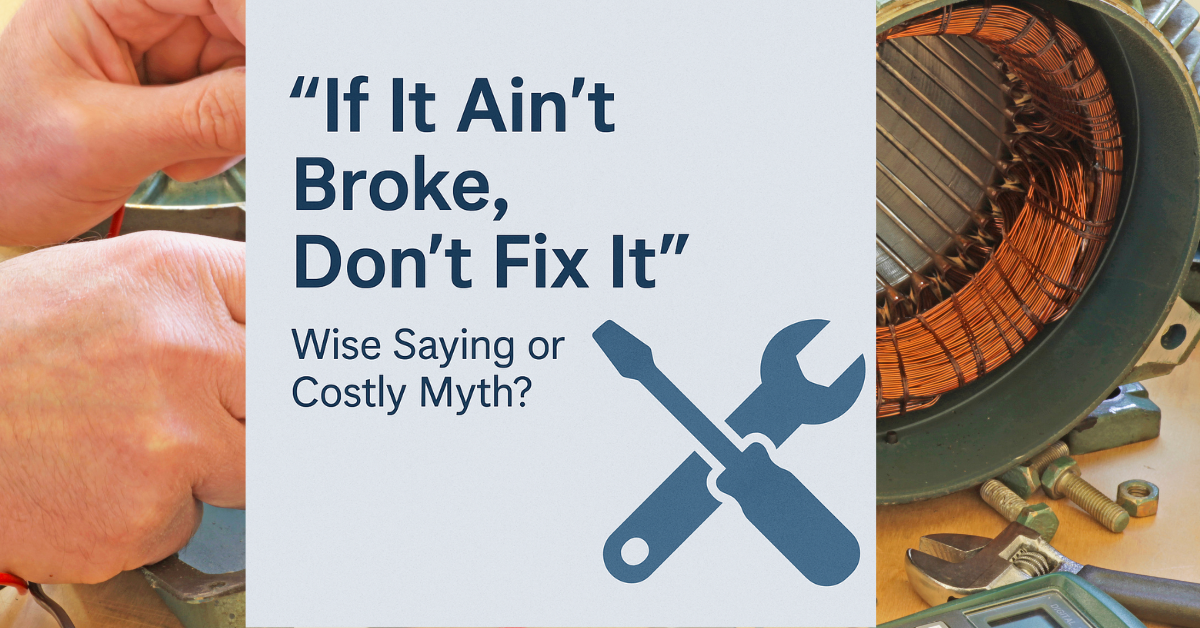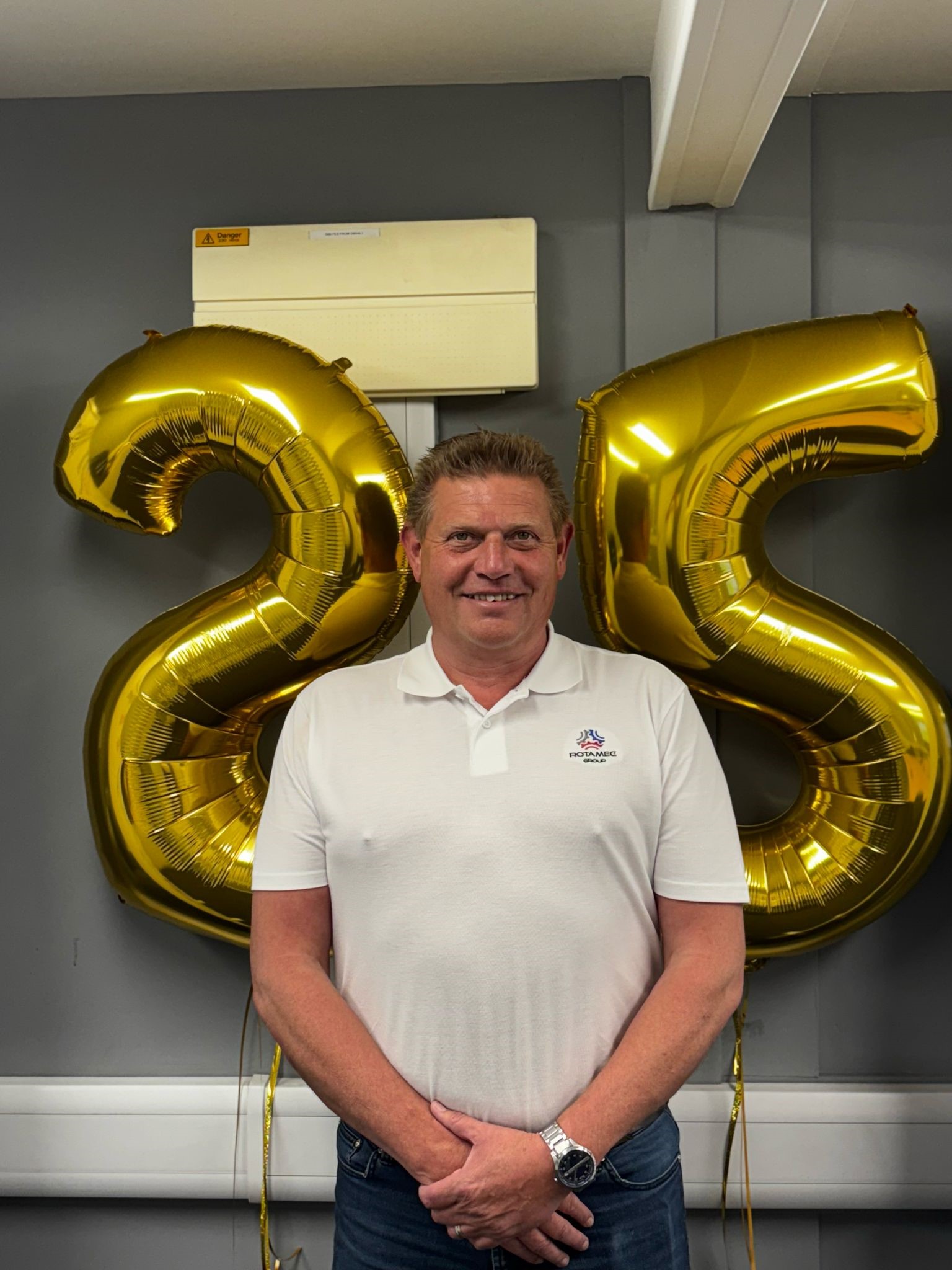Sewage Pumping Station
For pumping stations installed privately off of the water utility network, their design is key to ensuring effective operation and efficiency. It’s equally important that the pumping station is protected with a level of service that means any maintenance issue can be quickly resolved, whatever the time of day. Designers & installers that combine their capability with an effective repair and maintenance service can offer facility owners and managers the best all-round support.
Paul Pearce, Sales Director at Rotamec, highlights the key things to look for in a packaged pump station partner.
When an on-site sewage system stops working, it’s often an emergency situation. In the case of a large supermarket, the failure of its sewage pumping station can have significant health and safety consequences, and a fast response to resolve the issue is imperative. An example like this involving the public is dramatic, but the consequences can be equally serious if the location is a large distribution centre, a factory or industrial unit, or a private house or apartment. If a pump station is unable to operate, this can lead to sewage overflow and contamination. Either way, a sewage pump station problem usually needs to be dealt with quickly.
In many situations, responsibility for resolving the issue doesn’t rest with the utility provider. Depending on the scale of the installation, as well as its distance from the main sewage network, a building or group of buildings might require their own privately installed and managed packaged pump station. Comprising a tank, pumping equipment and controls, they are connected to the regional water company’s sewage network, but crucially, these pump stations have to be maintained privately.
Rapid service
Issues ranging from blockages to motor failures can inhibit or halt effective sewage pumping, and this can happen at any time of day, any day of the year. It’s vital that the building is protected by on-site service and breakdown resolution, 24/7. The greater the health & safety risk or the challenges in downtime, the more important the need for comprehensive, all-hours service.
Rotamec’s experienced engineers arrive on-site, typically within hours – or less – to resolve the issue and return the pump station to normal operation. The country-wide service covers the repair or replacement of all pump station equipment, from pumps to controls, and Rotamec field engineers are supported by four branches across the South West, South Wales and the Midlands. Each branch has a wide stock of components and includes fully equipped workshop facilities as well as in-house teams that provide guarantee-supported repairs and round-the-clock service.
The demand for this level of support arises not only to save the cost of downtime and associated problems with a pump station failure, but it also gives security and peace of mind to facilities managers. They know that if the sewage system stops working for whatever reason, a qualified engineer will rapidly be on-site to resolve the issue.
Single source installation & service
Whether responsibility for maintaining the building’s pump station is with its owner or property developer, a facilities management company, or a drainage specialist, the typical advantages of using a single source for installation and maintenance still apply. The company maintaining the pump station will be able to provide a faster fix to any maintenance issues if they have installed the equipment themselves. The single supplier approach also means greater accountability as the pump station supplier & maintainer has a vested interest in ensuring both optimum installation as well as support. Because of the support provider’s experience of dealing with real issues in the field, they will also bring an understanding of the most reliable equipment to use as part of the design, as well as the most appropriate configuration.
Rotamec’s service also includes the design, supply, installation and commissioning of all aspects of a pump station as a single package, as well as all required groundworks. These installations cover large commercial facilities such as shopping centres, supermarkets and distribution centres, in addition to factories, industrial estates and office blocks, through to holiday parks and hotels. Rotamec also works with property developers for residential buildings.
Dependent on the setting and the building’s requirements, a packaged sewage pump station can be above ground or submerged, and typically the starting point for the design is based on the estimated population the system has to serve. Key factors in the design include the distance of the pump to the main drain system (which could be as little as 100m or up to a kilometre or more) as well as the height of pumping required against gravity, known as the head. The landscape the sewage pipes will traverse also has to be taken into account.
When these variables have been considered, the station can be designed, which could involve a configuration ranging from a single up to a triple pump chamber, or a link chamber with multiple pumps and associated controls. Following the groundworks, Rotamec will install the station and all required equipment including pumps, valves and control panels. An example of a typical project involved a largescale distribution centre for a national supermarket chain at Avonmouth, involving four pump stations on one site alone.
Optimising existing pumping stations
In addition to new sites, projects to improve existing installations range from resolving failed stations to increasing effectiveness to cope with scaled-up use, as well as optimising energy efficiency. Efficiency increases mean a cost-down as well as an improvement in environmental credentials, an increasingly important issue. This could involve upgrading pump technology to more efficient designs, as well as using timers and level controls to reduce unnecessary operation and energy use. On multi-pump systems, Rotamec can also configure alternating pump operation to extend equipment lifetime when full pumping capacity isn’t required.
Rotamec can also design, install and service packaged pump stations for wider purposes, such as pumping storm water or water run-off, from basements to carparks, as well as installing and maintaining water booster pumps. Usually, mains water pressure is only sufficient to pump up to two or three stories high, so for apartment or office blocks with additional levels, we can install a pump station to boost upwards flow from a ground or basement level. These projects can also include variable speed drive technology to control the pumps and save energy according to operational demand.
Designing, supplying and installing the most effective and efficient pumping station for the building’s requirements goes hand-in-hand with providing fast and effective service and maintenance once a system has been commissioned. A pump station, whether for sewage or for boosting water supply pressure, will at some point require maintenance, and it’s key that the provider can respond swiftly to resolve any situation that will arise. In reality, this means 24/7 service, 365 days a year.
